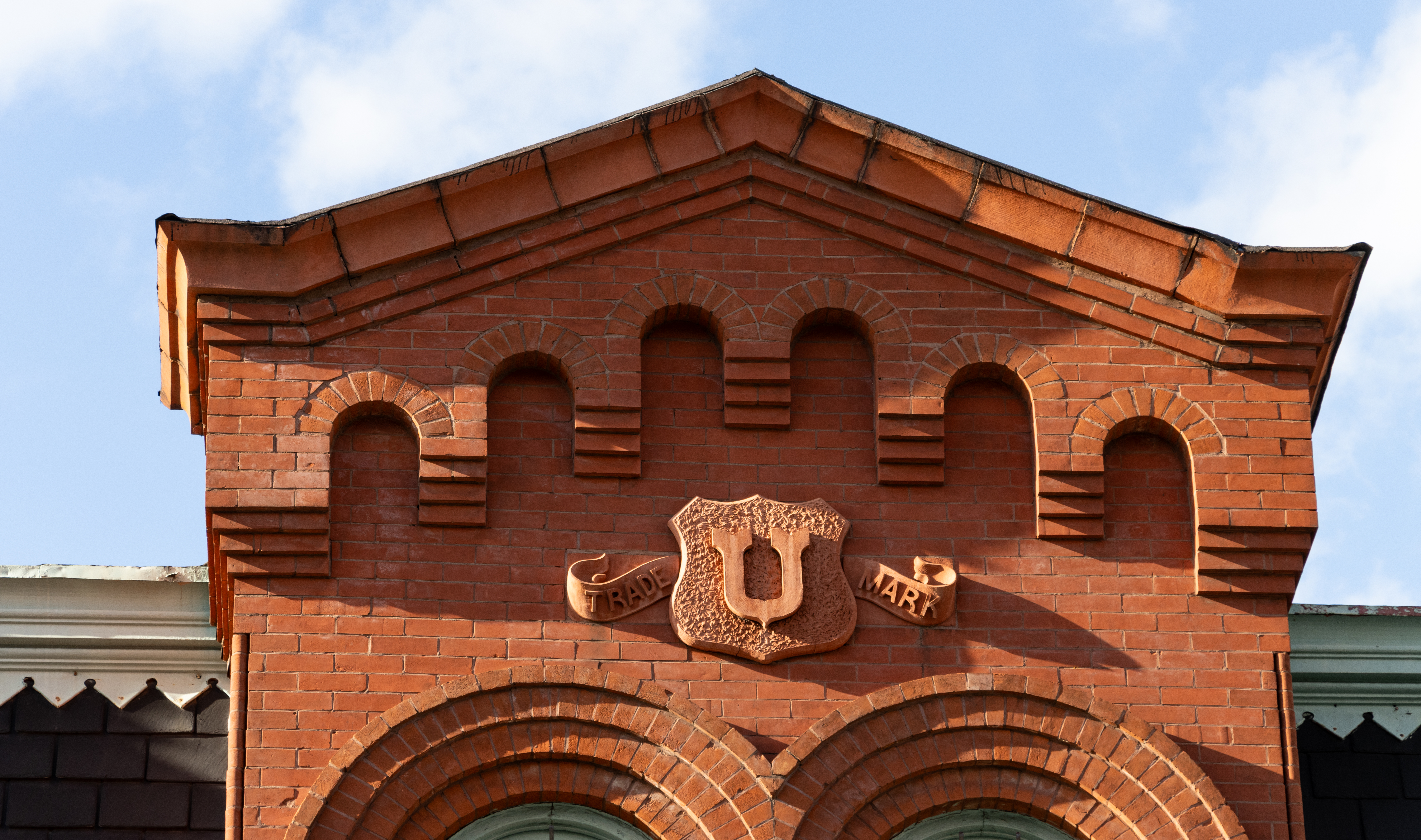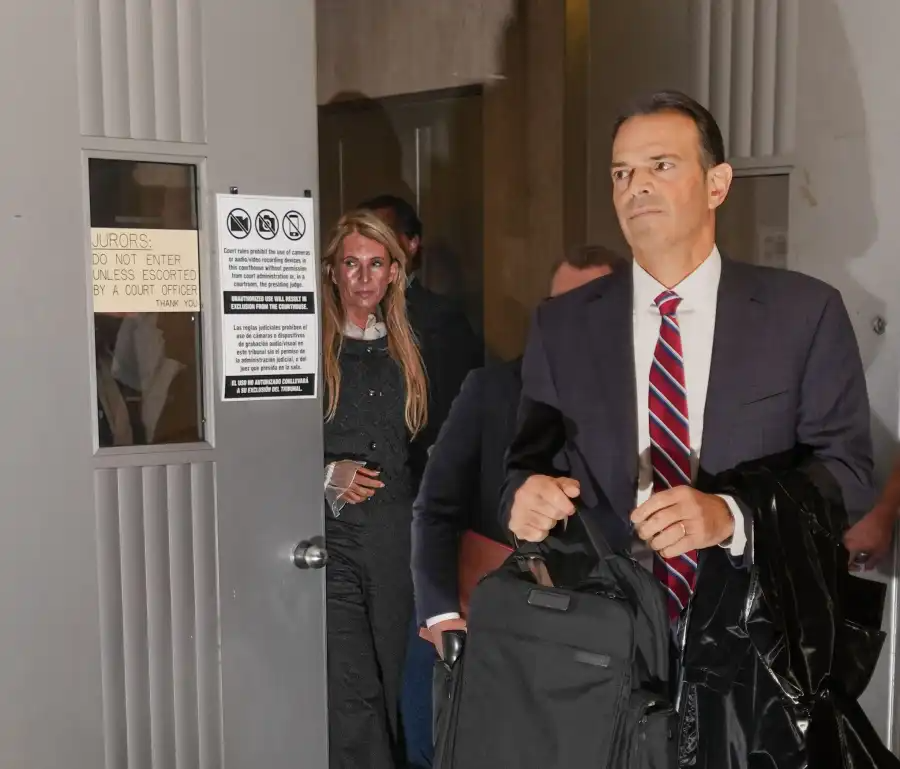Report on 'Invention of Brownstone Brooklyn'
Regular Brownstoner reader/commenter Mopar filed this report about yesterday’s panel discussion on gentrification in Brooklyn emceed by Suleiman Osman, author of the new book “The Invention of Brownstone Brooklyn: Gentrification and the Search for Authenticity in Postwar New York”: Tuesday night’s panel on “The Invention of Brownstone Brooklyn: Race and Gentrification in South Brooklyn” at…
Regular Brownstoner reader/commenter Mopar filed this report about yesterday’s panel discussion on gentrification in Brooklyn emceed by Suleiman Osman, author of the new book “The Invention of Brownstone Brooklyn: Gentrification and the Search for Authenticity in Postwar New York”:
Tuesday night’s panel on “The Invention of Brownstone Brooklyn: Race and Gentrification in South Brooklyn” at the Museum of the City of the New York focused on Brooklyn’s former slums where brownstones now sell for $2 million and up.
“For me, the Park Slope of 2011 is a limousine parked in front of a public school, said “Prospect Park West” author Amy Sohn, explaining that just that day she had seen one parked outside PS 321 waiting for a parent. “I feel the book [Osman’s] is about my life. I came from Mitchell-Lama housing and now we live across from [actor] John Turturro.”
Was the brownstoning movement of the 1960s and 1970s a success? It depends on who you ask. Author of “The Invention of Brownstone Brooklyn: Gentrification and the Search for Authenticity in Postwar New York” Suleiman Osman, who grew up in Park Slope and is a professor of American Studies at George Washington University, did not pick a side.
“If it’s about increasing real estate values, then it’s been very successful,” said Michelle de la Uz, executive director of the Fifth Avenue Coalition. “If it’s about the urban ideal of diversity, then it’s failed miserably. We need public policy with equity and justice at the forefront to achieve that urban ideal we were all attracted to and decided to stay in New York for.”
Back in the 1960s, brownstoners moved to Brooklyn so they could live in “someone’s former mansion” and have more space to raise their families for not much money, related Ken Patton, a founder of the Brownstone Revival Committee. When a neighborhood group planned to picket the Dime Savings Bank for redlining Brooklyn, he held a cocktail party for newcomers and bankers, and convinced the money men to offer mortgages to young, white professional families moving into Park Slope. But first he had to convince them that the newcomers were not “bohemians.”
“I’m a victim of displacement and gentrification,” said audience member and Councilwoman Tish James, who grew up in Park Slope and whose family was forced to move when rents rose. The recent census shows a reverse Great Migration is taking place, with more than 10,000 African Americans moving from New York to the South because they can no longer afford to live here, she said. “There’s a huge disparity in wages and the socioeconomic situation in New York City. It’s rather devastating to walk in your own community and feel like a stranger.”
Brownstoner commenters Amzi Hill and BedstuyMaven attended. Were there any others? What did you think of the panel?





MM,
RE: Mortgages, you wrote:
“commercial banks wouldn’t even entertain your loan. Most people in these neighborhoods went to smaller savings banks, like Carver, or to private lenders. Chase, Citi, forget it”.
Actually, as late as the ’70s, home mortgages from commercial banks were virtually unheard of everywhere; city or suburbs. You got a mortgage from a savings bank or savings and loan, most often the one where you had an account. Those were the types of banks that had redlined brownstone Brooklyn (Although the South Brooklyn Savings Bank (later Independence), as well as Carver, had a good reputation. When I bought my house in ’74 the situation was even worse. New York still had a usury law limiting interest on mortgages to 8-1/2%. Interest rates on FHA and VA loans had just gone up to 9% and the usual lending sources simply stopped giving out mortgage applications. I’m not a veteran and FHA loans were only available for “modern” houses that met very limited standards that didn’t fit brownstones. Out of desperation I went to the Chase branch where I had my checking account. They had just started a program to make loans for city houses and assured me that a mortgage was possible. Of course wed had to make a 40% down payment, and the loan was for 25, rather than 30 years, but we were able to buy our house. I also had the satisfaction of closing my account at the Greater New York Savings Bank and, when they asked why, telling them! BTW, my lawyer couldn’t believe that a COMMERCIAL bank was giving us a mortgage.
Etson, redlining would be one example. Public policy that encourages the financial industry to the detriment of others would be another example. Rent stabilization, rent control, or decontrol, section 8, middle class housing or lack of it, etc., are more. Predatory lending. Policies that encourage offshore manufacturing or don’t — for example, tax breaks for industry, zoning that allows or prohibits the conversion of light manufacturing facilities to (more expensive) residential housing.
quote:
wouldn’t this same phenomenon explain the feelings of those were living in the areas as they ‘de-gentrified’?
If we want to fix neighborhoods at particular points on the social scale, it has to work both ways. If poorer neighborhoods were to have the formal right to resist gentrification, it would follow rationally that wealthier neighborhoods should be allowed to prevent poorer people from moving in.
welcome to New Suburbia. section 8 is a mothafucka
*rob*
One thing I know about NY neighborhoods- they are rarely monolithic, ethnically or economically. But I have to ddress one thing that you said, etson, regarding the feelings of people who watch their neighborhood “degentrify.” It really is a very different dynamic. I saw it in my own childhood neighborhood- which was working/lower middle class. My downstairs neighbor was the first Black family to move into the projects I grew up in. Then came another Black family. People started getting nervous and upset- then the moving out began. The families who were moving in were working families- my downstairs neighbor (who remained close with me until she died in the 90’s)and her husband both worked, in the second family, the mother was a nurse. There were no dregs of humanity, if you will. But whites moved out.
That’s the ugly nature of how neighborhoods became degentrified. And wealthy people have resources that poorer people don’t. They can afford to pay more money, they can afford to fix up their houses, they can afford to pay for more services. It gives them an advantage in living where they will. So, no- I don’t feel a wealthy neighborhood has the right to keep people out, but i do feel that people with less resources and in poorer neighborhoods need a bit more help so they don’t get pushed out and around.
As a long time resident of Park Slope (25 years), I agree with the basic point that Amy Sohn makes, that Park Slope is getting a bit too precious and upscale. Or, rather, that it is that. However, she should try to get her facts straight. John Tururro has been living in the Slope for many, many years- I think that, in fact, he grew up here. Bad example.
Sohn was right. There was a limo with a driver parked out front of PS 321 on Tuesday, and for crissakes it was a Maybach. Schools chancellor, perhaps?
Anyhow, interesting observation about a very touchy topic. There’s still a divide in Park Slope between oldtimers and newcomers, more now than ever. But the ones that are laughing all the way to the bank are the old-timer OWNERS who stayed, bought cheaply and are now landlords of multiple buildings.
Etson, I didn’t argue for “formal rights” to resist change. I mentioned root shock as one of the psychological outcomes of changes that are beyond people’s control. In Brooklyn in the 50 and 60s these took the form of banking, government and real-estate practices that ripped across the borough and middle-class neighborhoods like Crown Heights (and that’s what Crown Heights was in the 1950s).
Today a different combination of forces, including “gentrification,” are at work. And the effects may be similar on a new generation of people.
As someone who studies history, I know how little most people appreciate how much better off we are now than in the old days.
Did you know that one of the problems faced by the United Nations when that organization decided to make New York Its headquarters in the 1940’s was that many dark-skinned diplomatic personnel could not rent apartments in middle-class neighborhoods?
So there you are, the vice counsel from India or Indonesia or Nigeria and you cannot rent an apartment in Manhattan south of 96th Street or in the nicer neighborhoods of the boros. You could not live anywhere near the UN Secretariat. It was so bad, that Nelson Rockefeller bought a large parcel of land in Queens and built a residential complex for UN staffers with non-white complexions who could not rent apartments in middle-class neighborhoods. Unbelievable? Not to a historian. That complex is still there although it has fortunately outlived its original purpose.
You mean because of redlining? I can see that point if so, and agree that clearly it was wrong.
I see Ms de la Uz’s desire for ‘diversity’ in neighborhoods enforced by ‘public policy’ as just as wrong, and as the other side of the same coin.
They both involve(d) imposing artificial ideas of how things ‘should’ be, rather than letting people and communities grow develop freely.